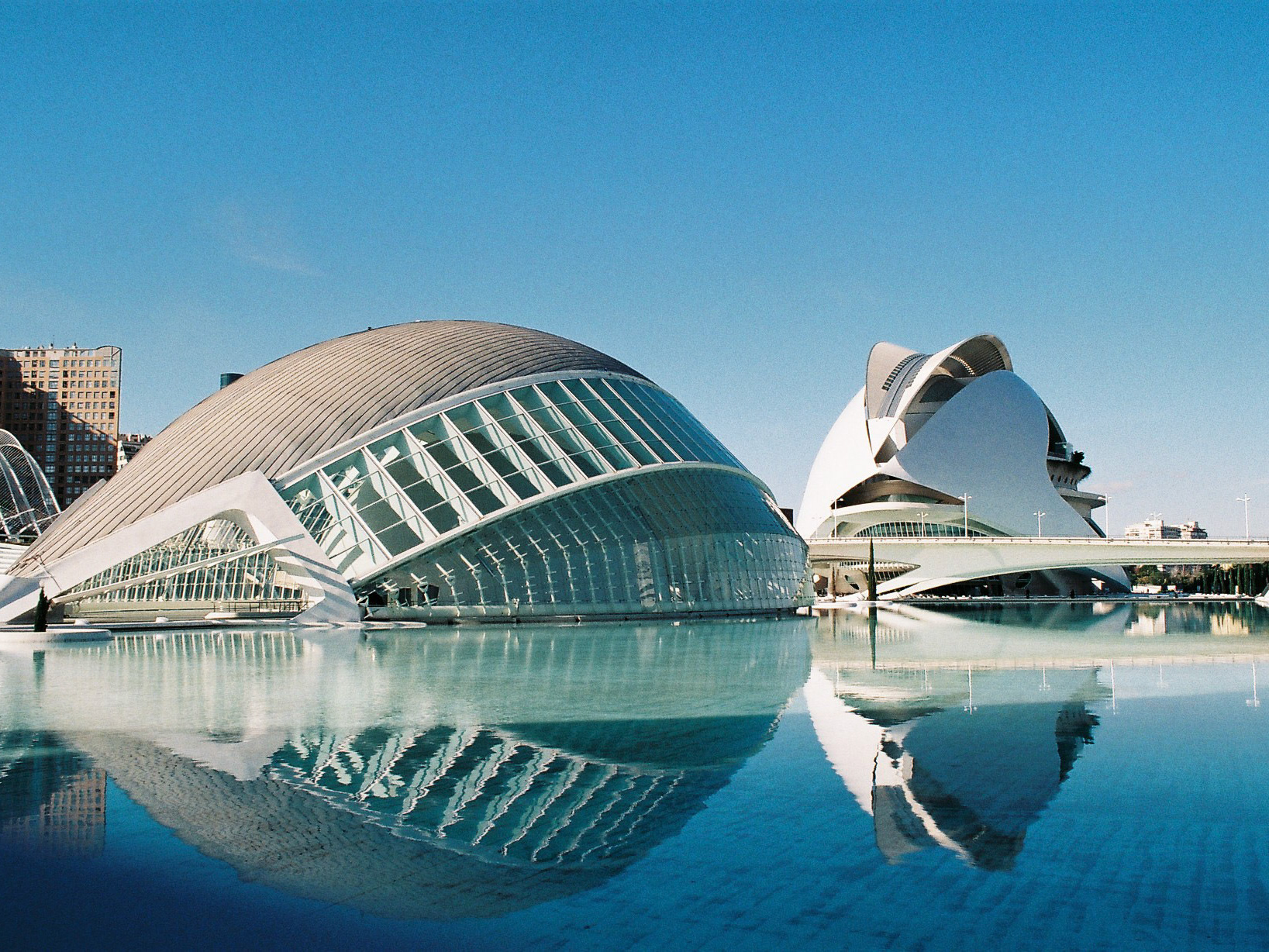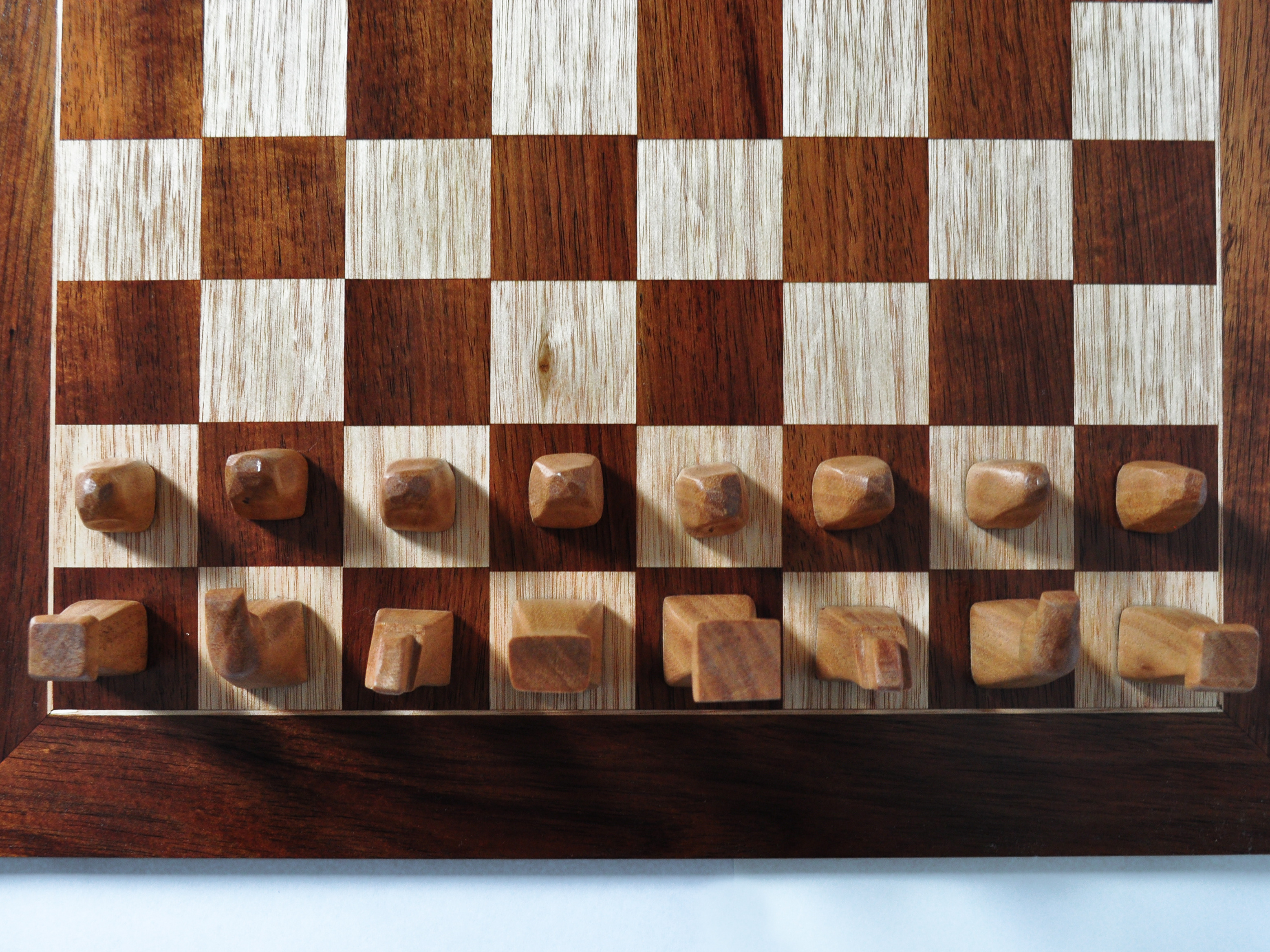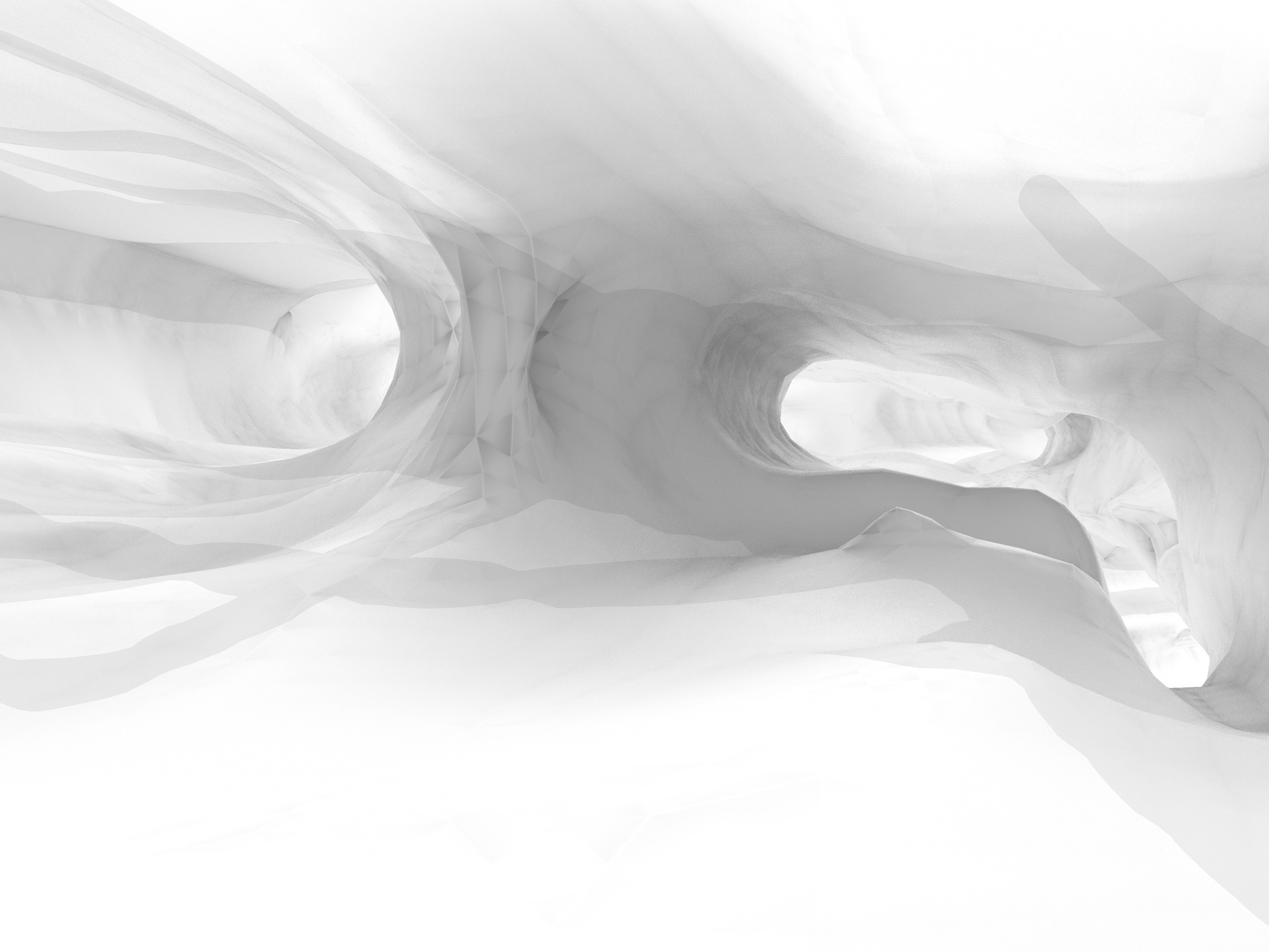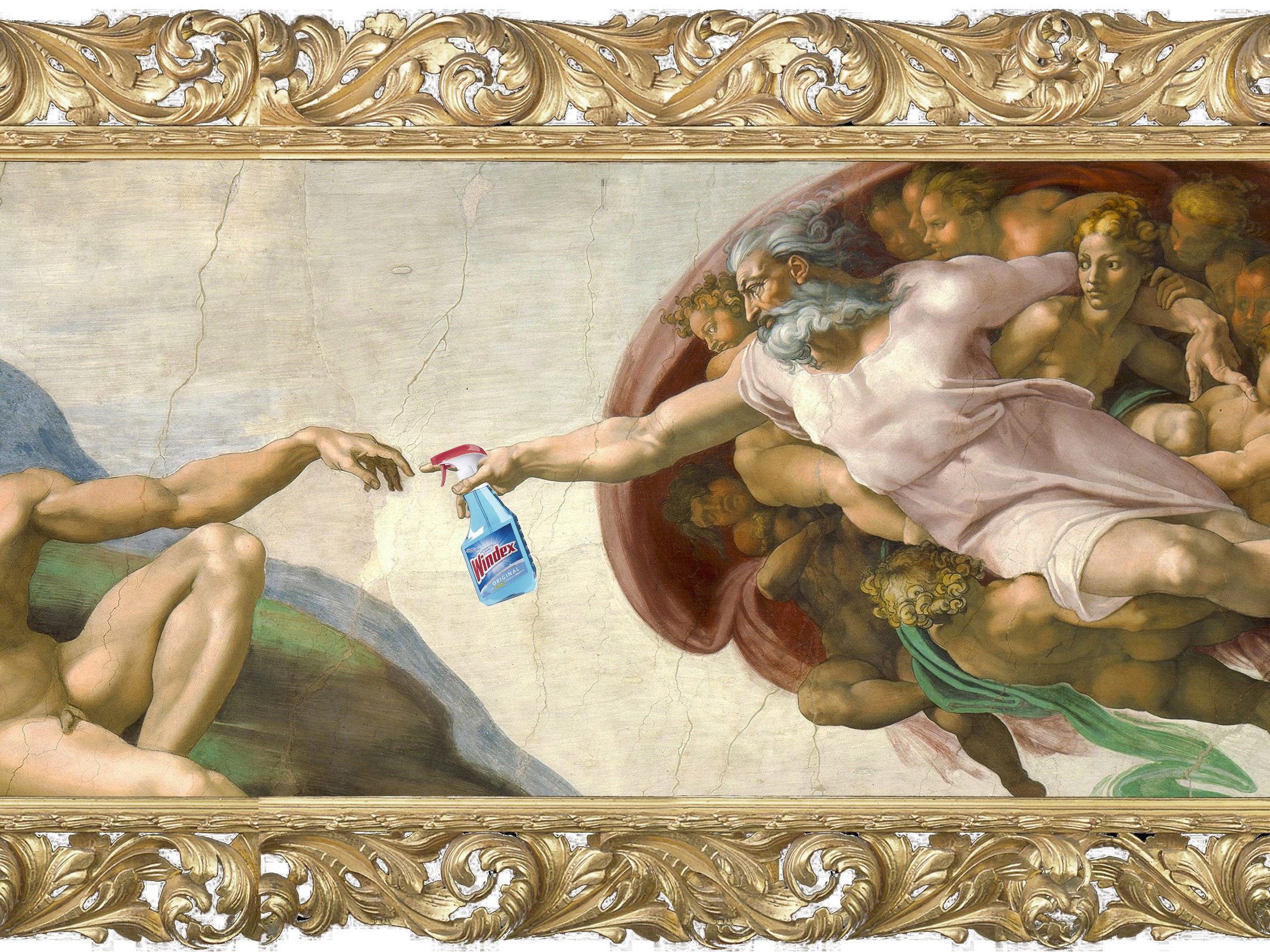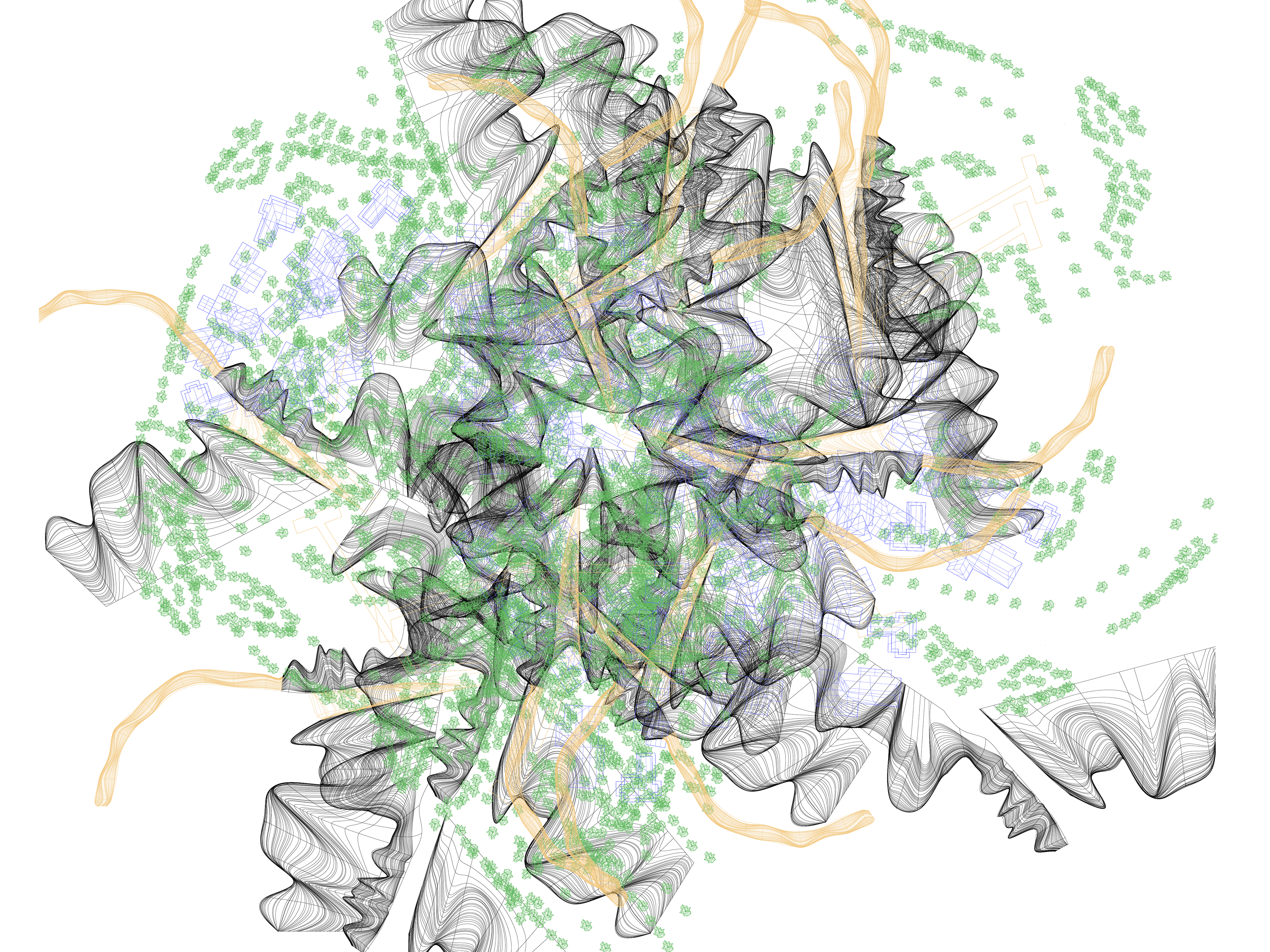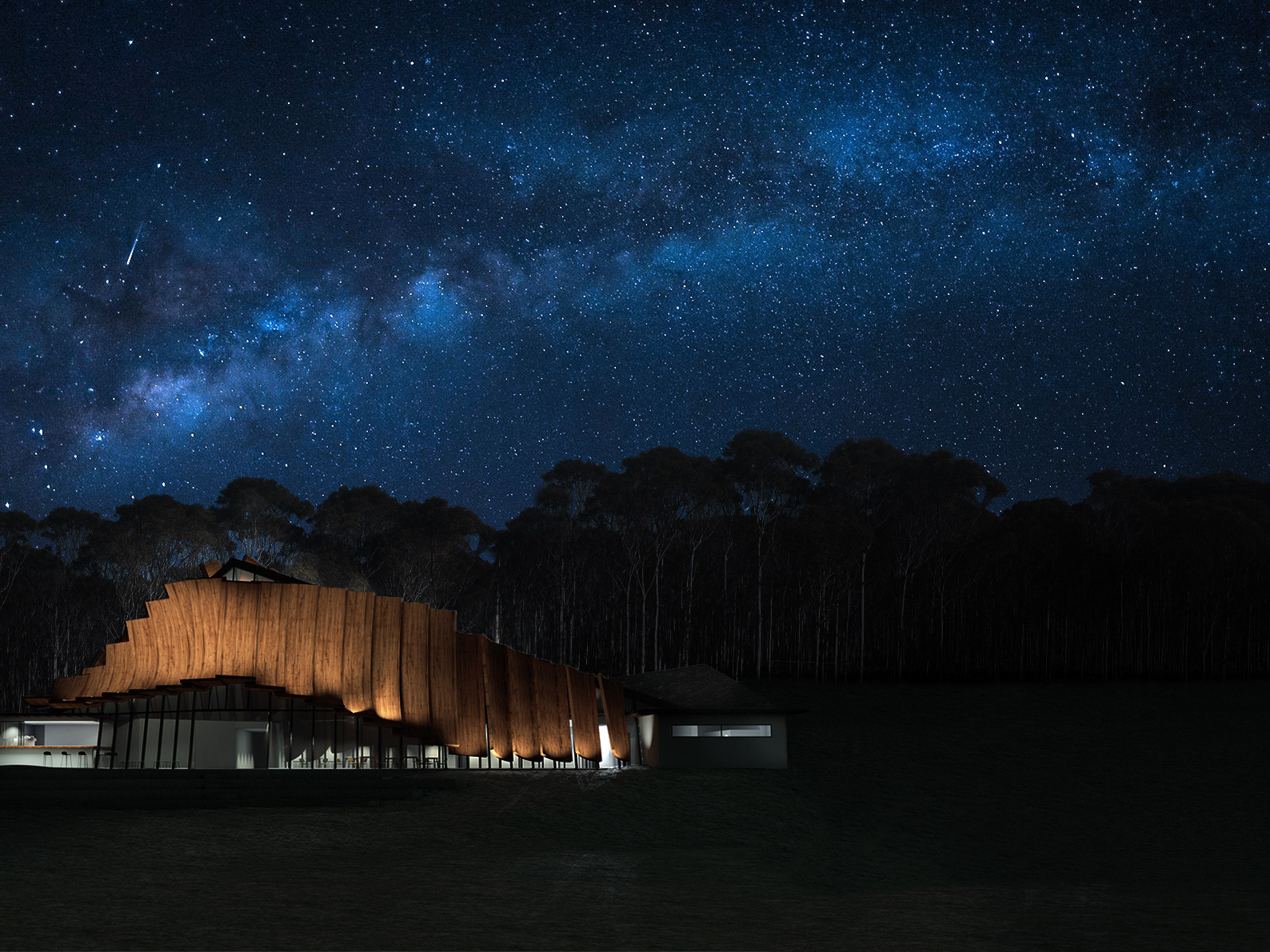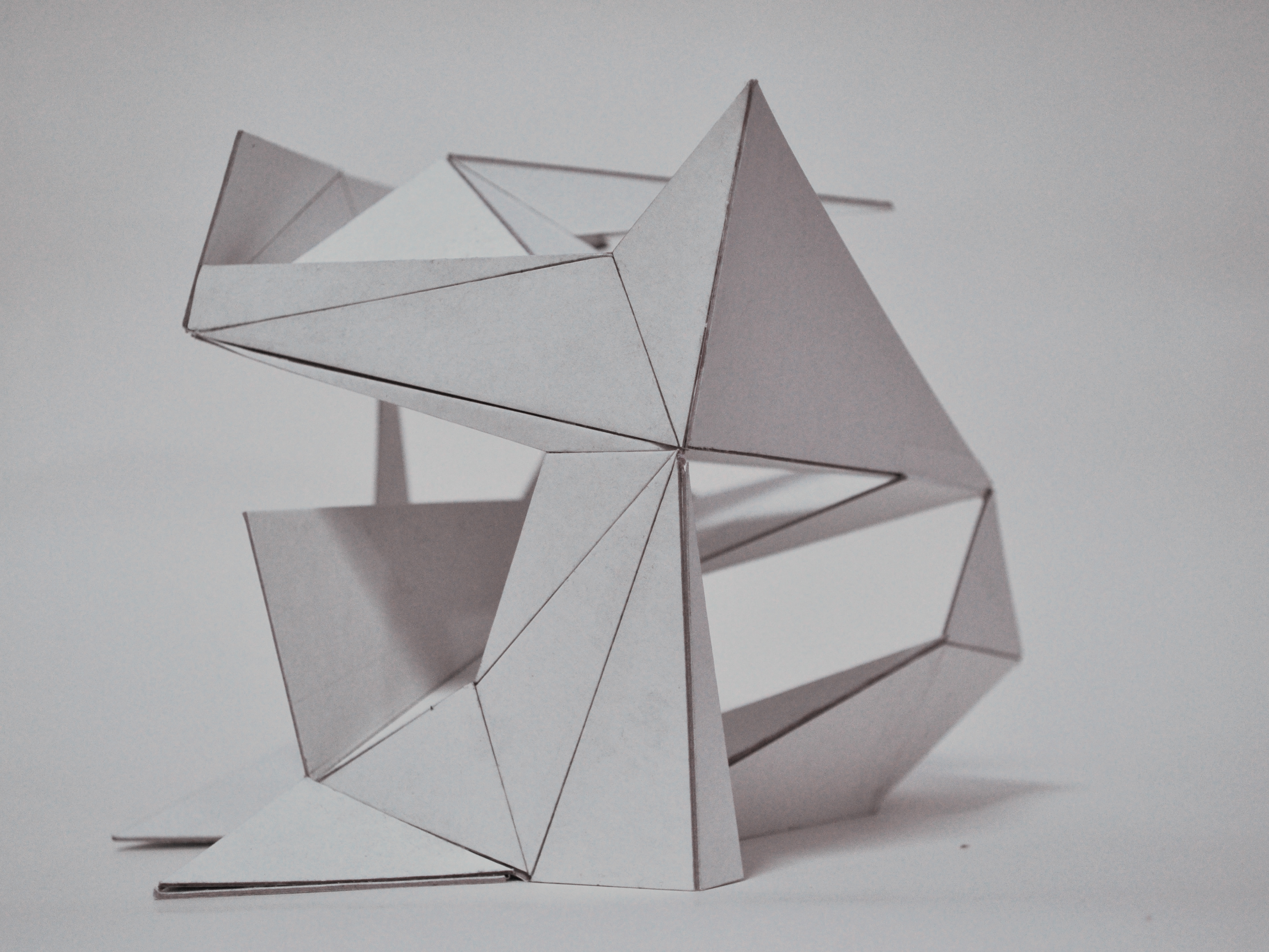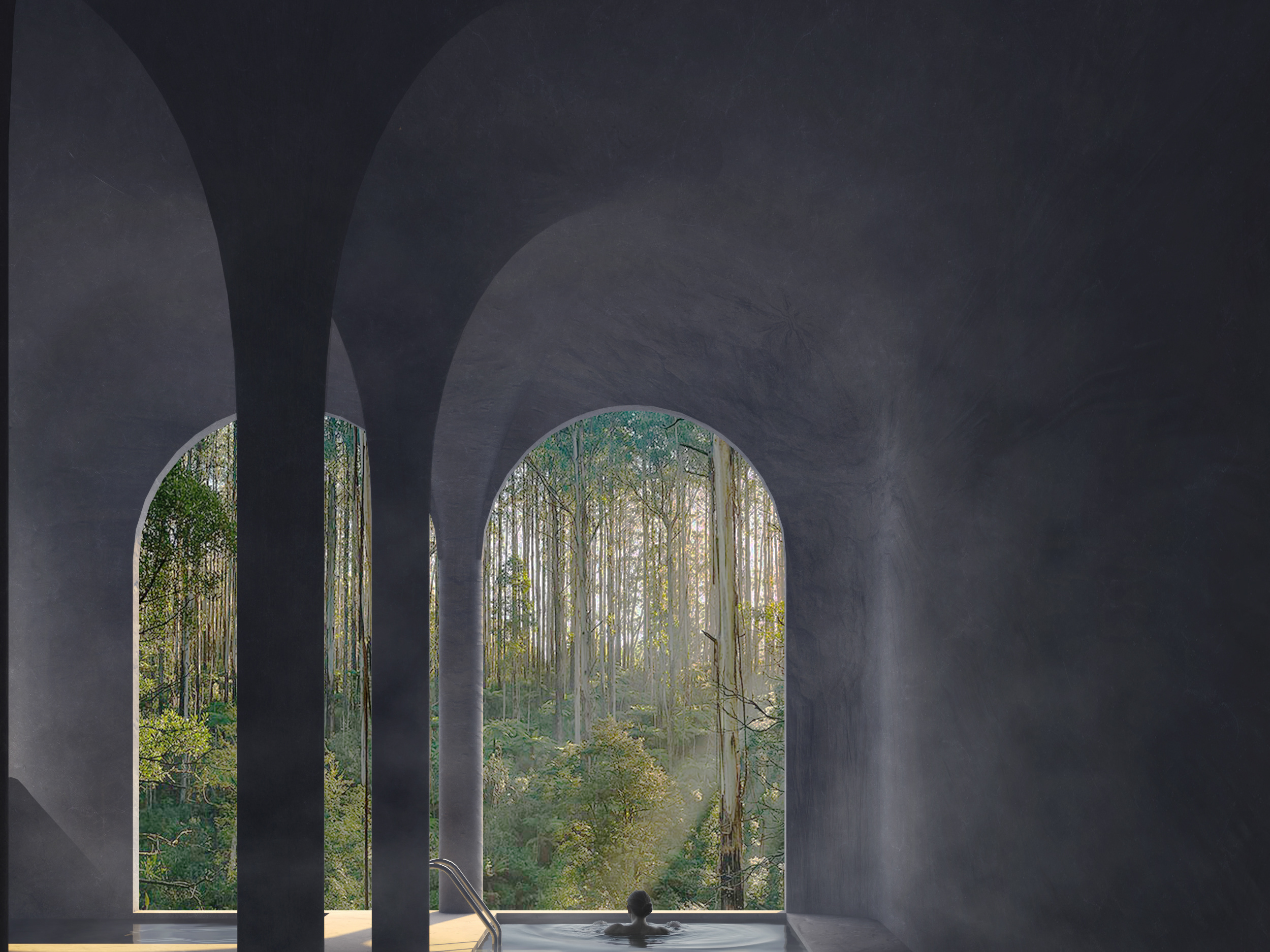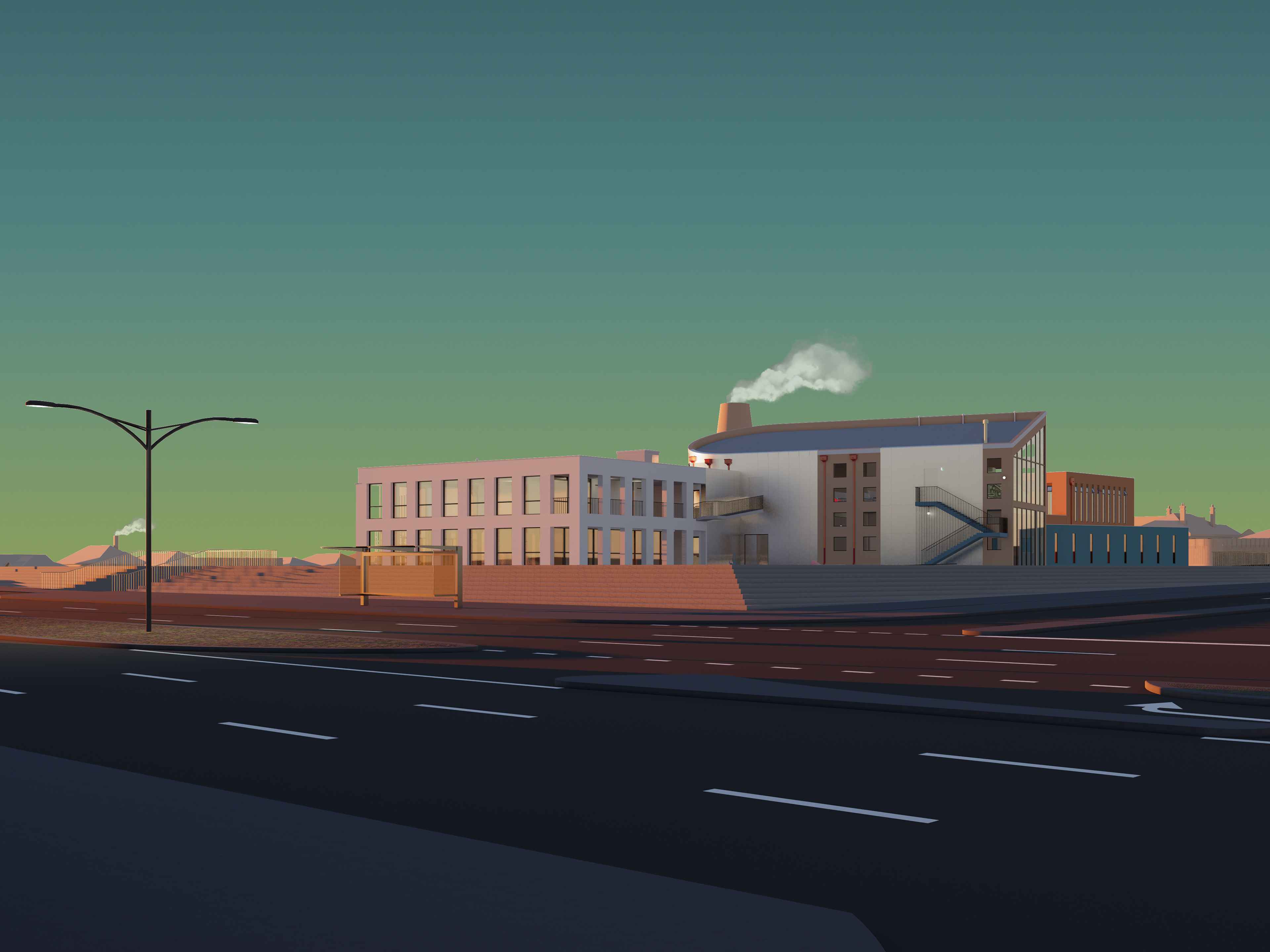Competition: Essay: Architecture of Illusions
Organisation: Buildner
Involvement: Individual Project
Organisation: Buildner
Involvement: Individual Project
The medium through which an architecture is consumed manipulates the perception of the work, as such both the built project and its representations become an illusion, forever searching for the accurate iteration of itself.
Representations of a project are consumed within context that invariably will not exist in the realisation of an architecture. With this doxa, an office, bedroom, computer, etc. asserts an influence, imperceptible to the viewer but nonetheless present.1 This virtual manifestation of an architecture creates qualities that impose a new understanding of the corporeal product, and we begin to see new form taken. It becomes something other.
A rudimentary example of this virtual phenomena is experienced through the plane of a mirror. As Elizabeth Grosz understands, “The mirror surface creates a virtual field that reflects the real, duplicating its spatiality and the object’s visual characteristics”.2 The subsequent creation of a new object reveals something more than the original - alternative qualities and characteristics differentiate the real from the virtual and new iterations arise.
Irrespective of how hyper-real the virtual illustration is, at an ontological level, its reception within a surrounding spatiality illudes the user from an accurate iteration of the architecture. “While all these features can offer a sense of reality… they also contribute to a new perception of it… limits between real and virtual become blurred.”3 Often architectural visualisations describe misrepresented surroundings like greenwashing for the developer’s purposes, though the real effect of the representation is an expected manifestation of the final product and so now two architectures exist.
This disparity in objects exist across all mediums of representation. Hyperrealism can beautify an object, overly technical representation can create an increased sense of functionality - a sense of autonomy. Conceptual models can simplify and sculpturize an architecture. Within the representation of a project, a multiplicity of architecture is created, all intended to signify an aspect of the final structure, though they can never be truly successful. This is the illusion. The emotions derived from an image, diagram or model deceives the inevitability of the final architecture.
Like walking through a hall of mirrors, each mirror reflecting a slightly distorted image. Eventually you would not recognise your true reflection when you saw it.
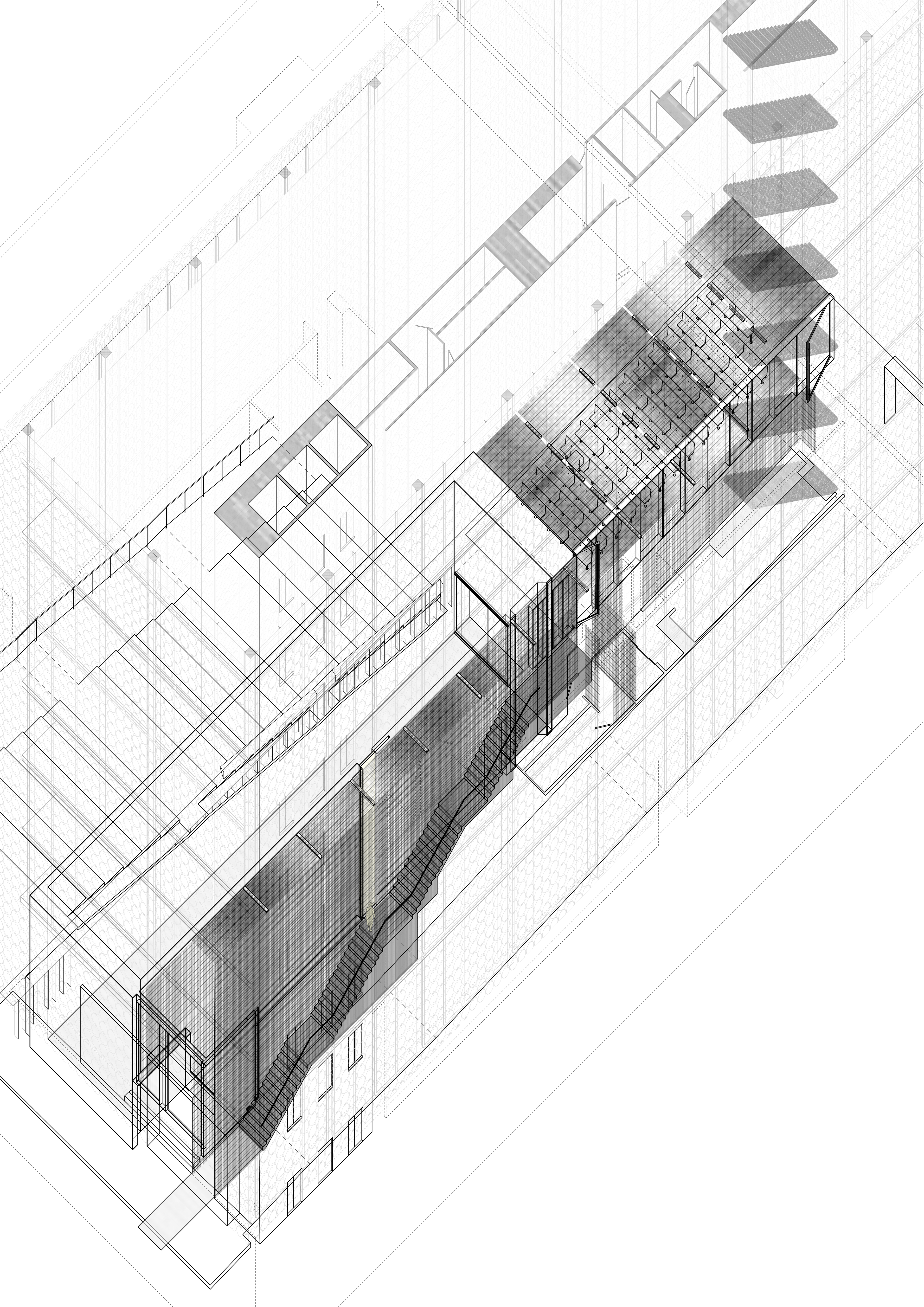
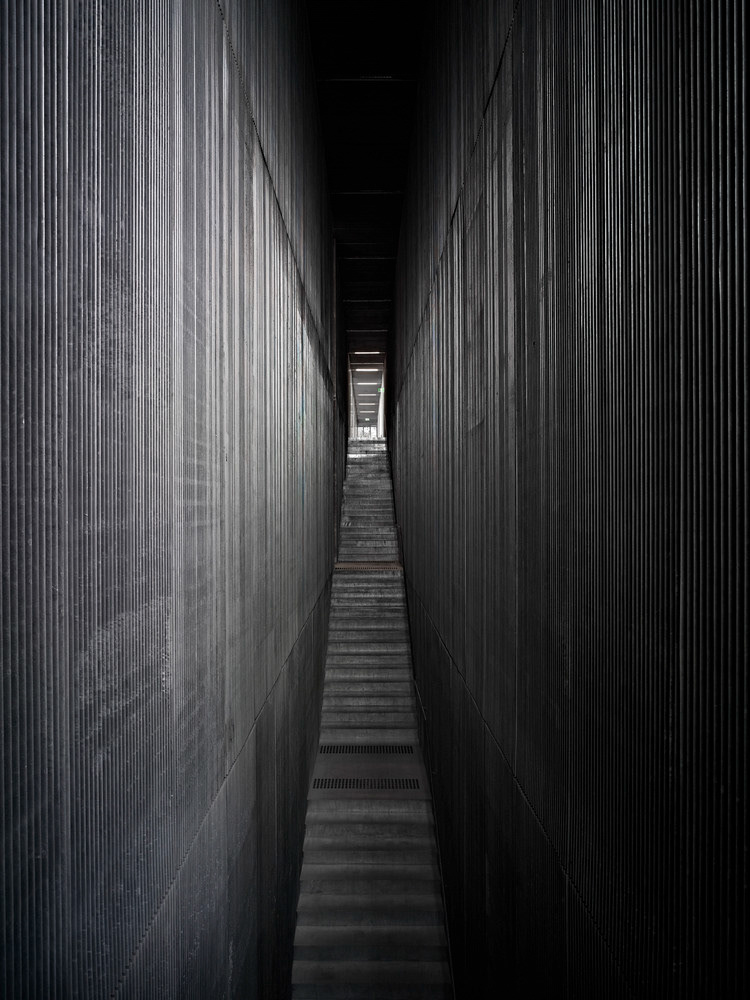
RMIT Design Hub, Sean Godsell
¹ Elizabeth Grosz, Architecture From The Outside: Essays On Virtual And Real Space (repr., Cambridge, Massachusetts: MIT Press, 2001), 79-80.
² Ibid., p. 80
³ Susanna Moreira, "Who Are We Making Hyper-Realistic Renders For?", Archdaily, 2021,
https://www.archdaily.com/960849/who-are-we-making- hyper-realistic-renders-for?fbclid=IwAR1XIt5kA0Pesx0u0I-jLAoXbPw5r.
² Ibid., p. 80
³ Susanna Moreira, "Who Are We Making Hyper-Realistic Renders For?", Archdaily, 2021,
https://www.archdaily.com/960849/who-are-we-making- hyper-realistic-renders-for?fbclid=IwAR1XIt5kA0Pesx0u0I-jLAoXbPw5r.
Bibliography
Grosz, Elizabeth. Architecture From The Outside: Essays On Virtual And Real Space. Reprint, Cambridge, Massachusetts: MIT Press, 2001.
Grosz, Elizabeth. Architecture From The Outside: Essays On Virtual And Real Space. Reprint, Cambridge, Massachusetts: MIT Press, 2001.
Moreira, Susanna. "Who Are We Making Hyper-Realistic Renders For?". Archdaily, 2021.
https://www.archdaily.com/960849/who-are-we-making-hyper-realistic-renders-for?fbclid=IwAR1XIt5kA0Pesx0u0I-jLAoXbPw5r.
Image
"RMIT Design Hub / Sean Godsell" 22 Feb 2013. ArchDaily. Accessed 11 Sep 2021.
<https://www.archdaily.com/335620/rmit-design-hub-sean-godsell> ISSN 0719-8884
